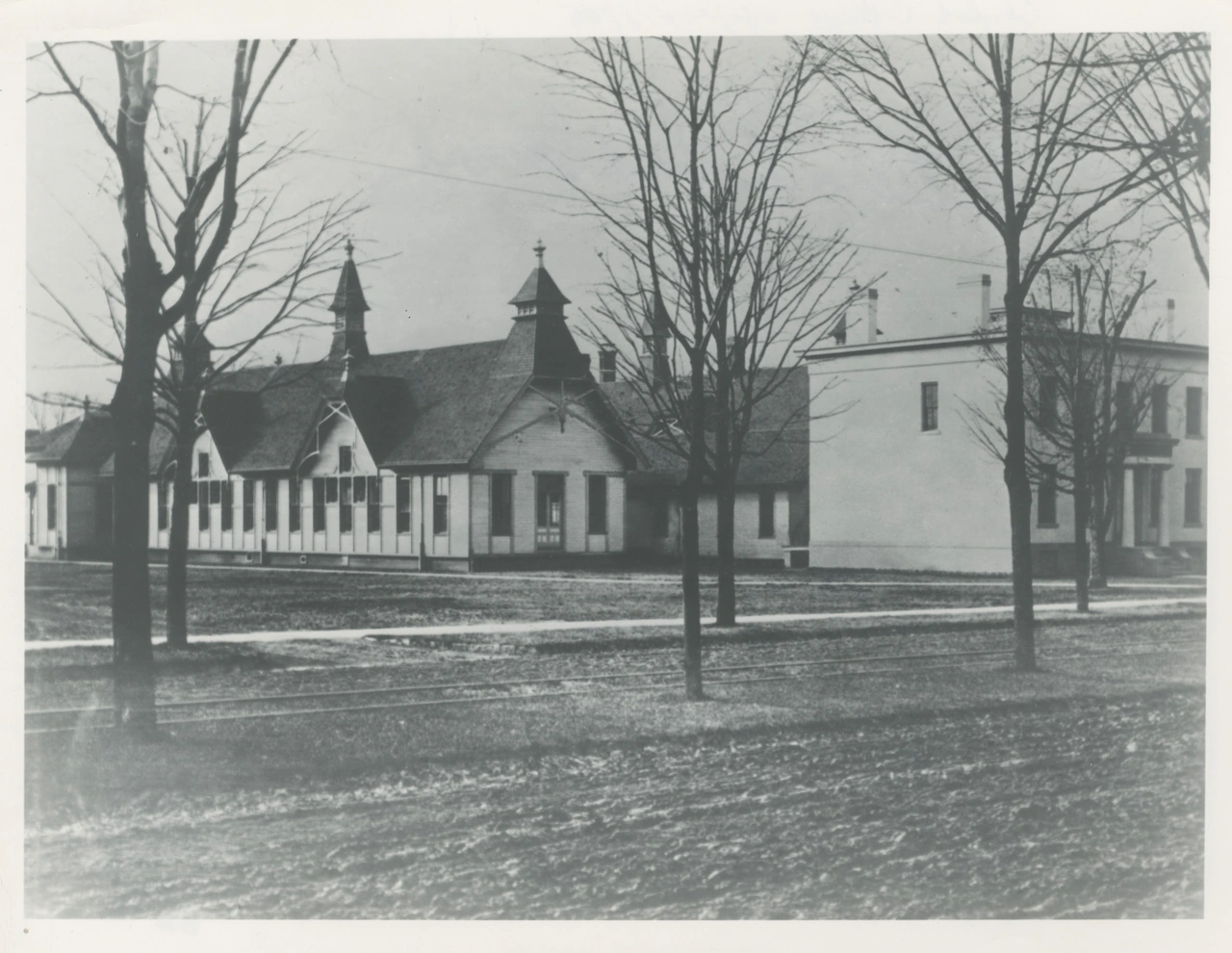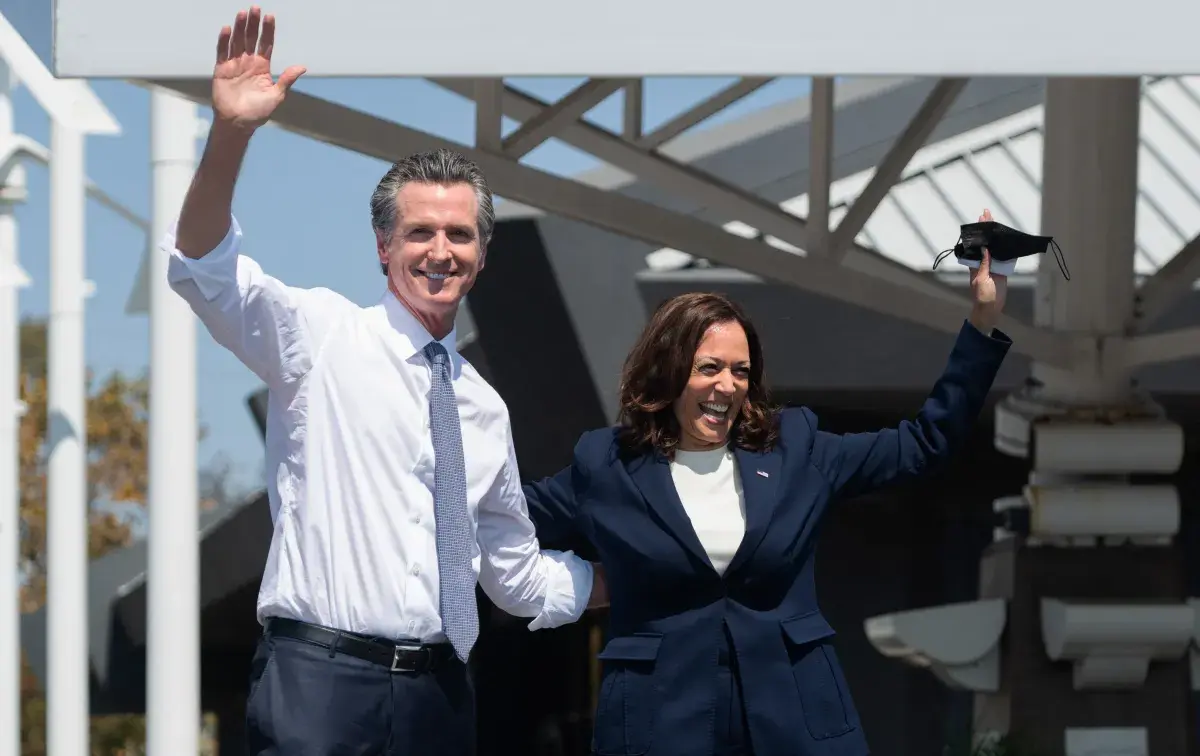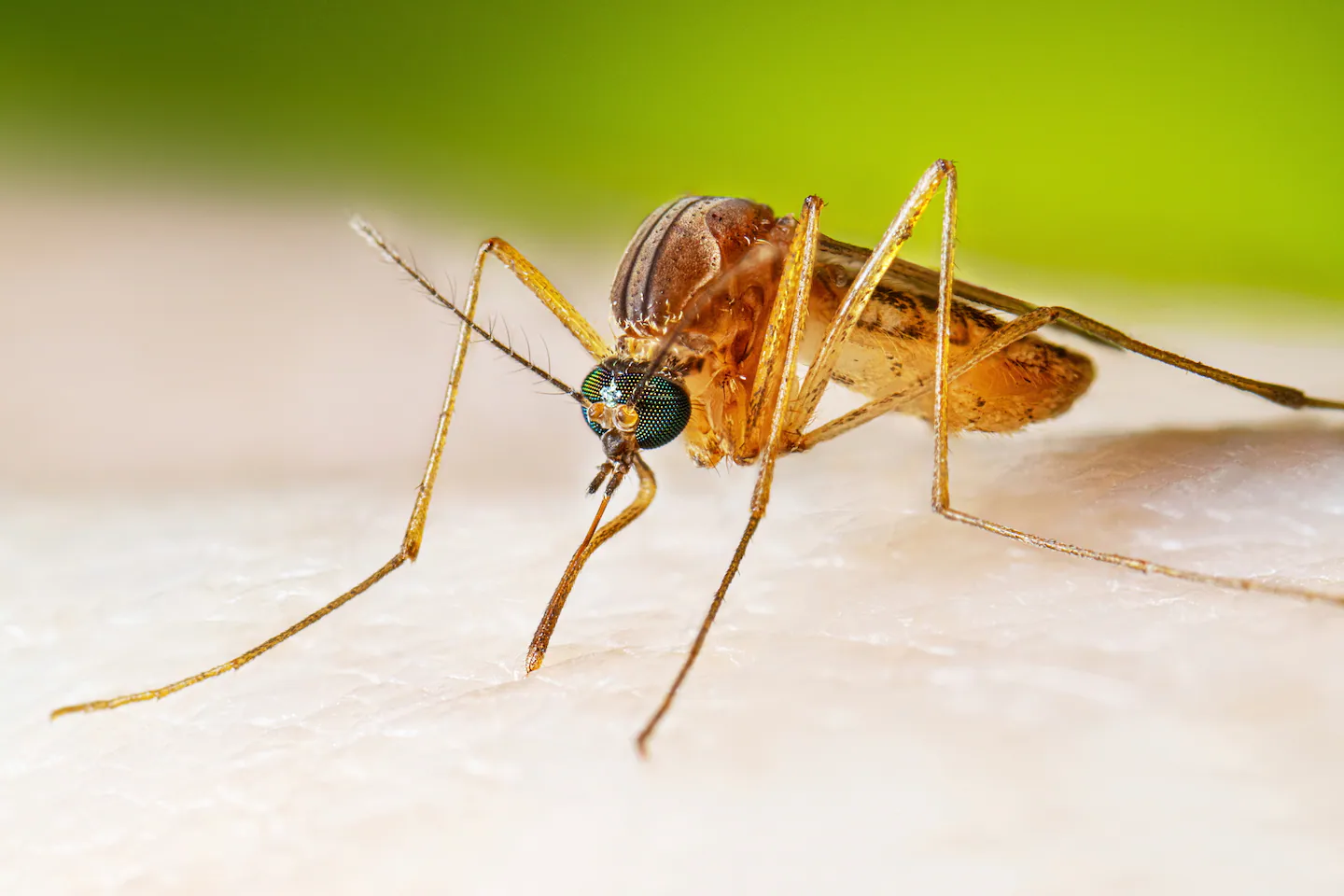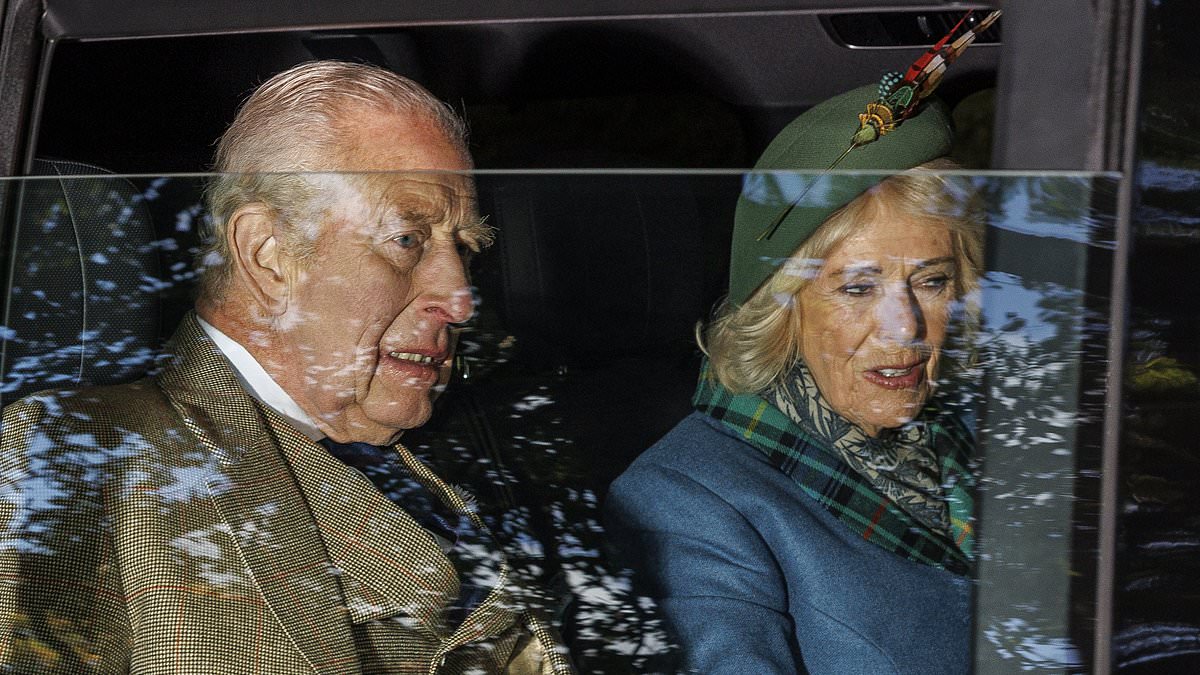From single home to research complex: University of Michigan dental school celebrates 150 years

ANN ARBOR, MI — The University of Michigan School of Dentistry first opened in 1875 in the former home of a faculty member. After 150 years, the school is one of the top dental institutions globally.
The school, celebrating its 150th anniversary, now operates in a robust research complex at North Campus.
Archival photos show its changes from a single home to a bustling research and patient care center.
The idea of a UM dental school first came in 1866 when the Michigan Dental Association, then known as the Michigan State Dental Society, proposed a university-level dental education program to the UM Board of Regents.
The association proposed the program three times before the regents approved its establishment in 1875, UM School of Dentistry Dean Jacques Nör said.
Its first cohort had about 20 students and three faculty members. Jonathan Taft, dean of the Ohio College of Dental Surgery, was instrumental in the school’s creation and became the inaugural dean of the UM College of Dental Surgery.
“Dr. Taft was an excellent clinician but he was very committed also to education so he wrote a textbook on operative dentistry that really was one of the very first textbooks for dental schools in the United States,” Nör said.
The UM School of Dental Surgery began its major partnership with the W.K. Kellogg Foundation in 1938, when the foundation provided a $236,500 grant, on top of a larger governmental grant, to help plan a building specifically for postgraduate dental studies.
UM dental students used electric lights in their patient care throughout the twentieth century. But from the school’s opening in 1875 to 1890, students could only use daylight near windows. In 1890, UM added gas lights to dental facilities to ease patient services.
In 1896, the UM Board of Regents approved installations for electric lights to replace gas lights. Students argued gas lights were inadequate, especially when window light waned during the winter, according to documents obtained from Brian Williams, archivist at the Bentley Historical Library at UM, and Lynn Monson, associate director of communications at the UM School of Dentistry.
The new W.K. Kellogg Foundation Institute: Graduate and Postgraduate Dentistry building opened in 1940 and is still in operation at the corner of Fletcher Street and North University Avenue.
The UM dental school was not immune to world events.
World War I dropped class sizes by over half by 1920. Nör said the dental college adapted by reducing faculty numbers to remain financially viable.
By 1947, after World War II, the graduating class had dwindled to just 11 students, the fewest in the school’s history.
To offset the financial challenges, the W.K. Kellogg Foundation gave a $113,000 grant to the school to buy dental tools in 1942.
The school officially added dental hygiene as a certificate program in 1921 after dentists petitioned Michigan state law to authorize dental hygienists two years prior. Dental hygiene students’ academic responsibilities include clinical care experience with dental students.
UM established in 1964 a graduate dental hygiene program at its Horace H. Rackham School of Graduate Studies.
Also in 1964, the UM Board of Regents approved a $14.9 million plan for a new dental school building. At the time, the project was the second most expensive building project in Michigan, behind the building of the Mackinac Bridge.
In 1969, the old research building was demolished and the first phase of a new dental school research complex, composed of the main research wing and research tower, was complete. The second complex construction phase was finished in 1971.
Dr. Kenneth Easlick, a professor at the dental school, was another pioneer. He instituted a dentistry program for children in 1931. He also began developing a dental course specifically on pedodontics in 1932.
Easlick received a joint appointment in the UM School of Public Health in 1941.
The school received international acclaim in 1976 when instructor James Harris identified a mummy as Queen Tiye, King Tut’s grandmother, during his research ventures in Egypt.
An article from The Ann Arbor News in 1981 traces Harris’ anthropological work in his book “An X-Ray Atlas of the Royal Mummies.”
Want more Ann Arbor-area news? Bookmark the local Ann Arbor news page.



